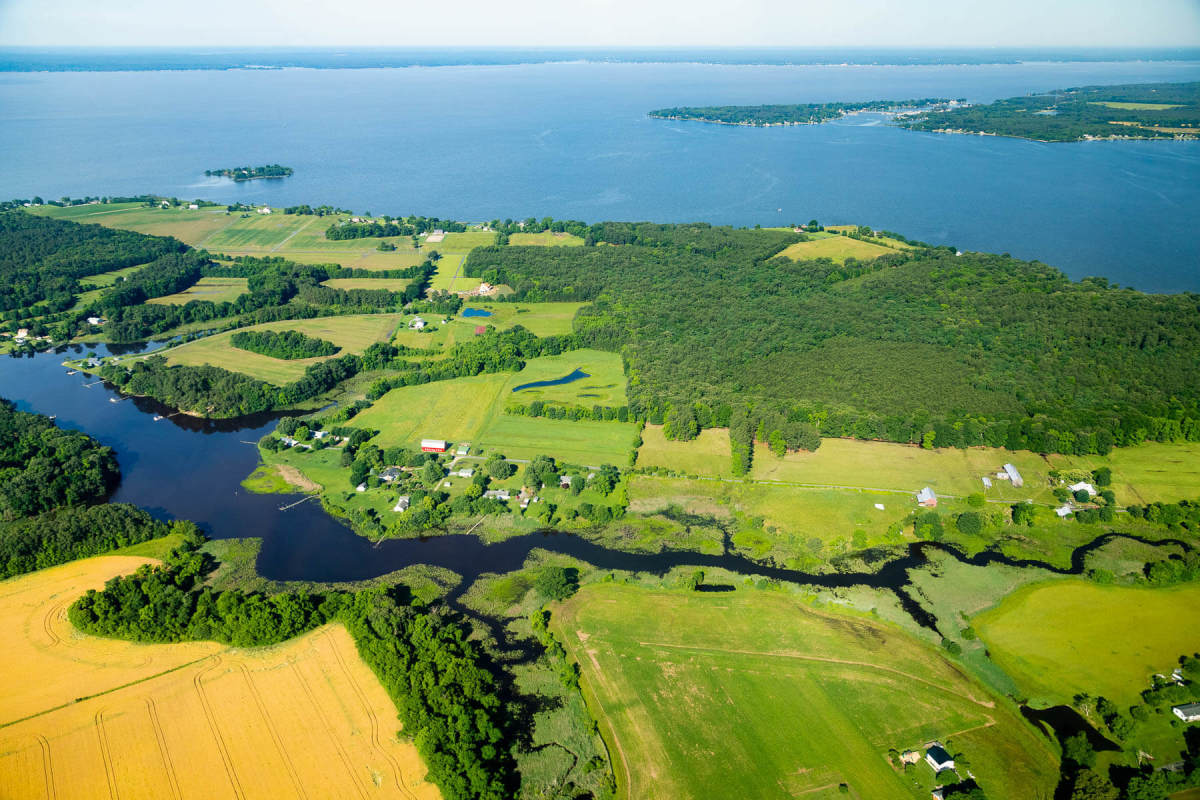May 30, 2023
the tent and the estuary
You work in inclusive design? Ah yes, ok, you say, so — what you inclusive designers want is a world built in ways that connect more people to the social and political goods of the polis. You want us all to be more aware, to gather more people into the mainstream. You want your fellow designers to make more flexible sidewalks, and thresholds, and bus stops, and apps and interfaces, right? You want a world that has been restricted by its orientation toward the great average middle — people who ambulate on two legs easily, who see and hear and sense in the range of the bell curve, who process the intelligible world at a quick and easy rate — you want that world expanded at its edges, made more welcoming for all?
Well, yes, but this is the mental model of the tent: as in, There’s a historically sequestered nexus of goods, both physical goods and the civic enfranchisement that goes with them, and good designers help bring more people from outside the tent to inside. That’s desirable, of course. One could hardly be against it. But the tent assumes there are clear insiders and clear outsiders, and that the outsiders are waiting to be brought in, lest-we-forget style, to where knowledge is being made.
Or, in another way: the tent mentality invites some insider-outsider haggling as the whole project. Who speaks for the inclusivity? How authentic is their voice? Who can say what passes for properly inclusive, or semi-inclusive, or not inclusive at all? The tent can just as easily devolve into the groupthink pitfalls that plague so many movement spaces.
The mental model for disability and design I’m trying to promote instead is an estuary: the place where fresh waters meet salt waters, and the extraordinarily productive habitats and ecosystems that arise there.
The places where disability meets the built world are generous and generative. They have multiple catalysts and multiple scales on which they work: disabled people, their caregivers or families, the designers and engineers who accompany them, all working on parallel projects. Some of them are “universal” in that tent-expansion mode, but many are tiny inventive matters: things like iPad orchestras and the modesty of magnetized buttons and the sensory switch of goal ball and yes, the infrastructural scale of closed captioning, thanks to deaf communities.
Lots of earnest people want to do this work well, and they want simple instructions: Tell me how to expand the tent. But the estuary is far more apt — the unpredictable and multivalent world of making, adapting, refashioning, hacking and lobbying for designs big and small.

[an aerial shot of a river meeting the ocean in a web of tributaries and surrounded by the fecundity of green growth]